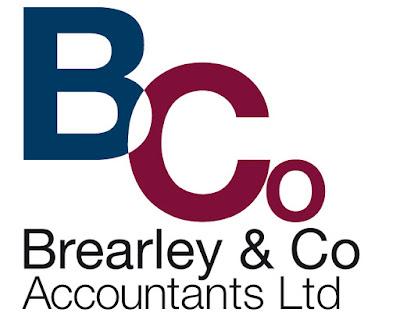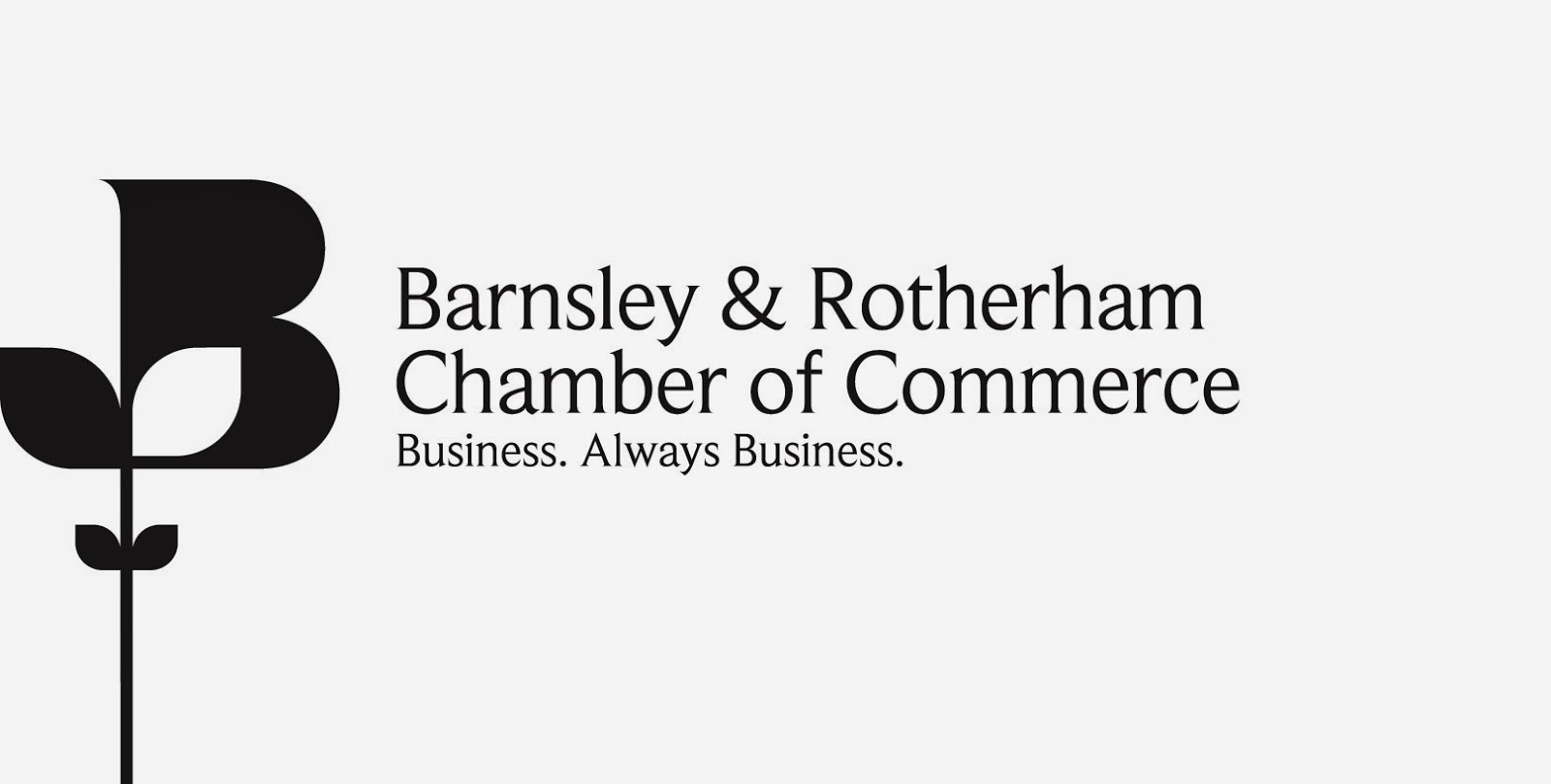News: Rotherham's Local Plan is sound
235 hectares of land in Rotherham will be needed over the next 15 years to meet the broad requirements of 12 - 15,000 additional jobs.
The figure, which includes five hectares for office use, has been formulated as part of Rotherham Council's long-running work on a new Local Plan that has recently been given the green light by government inspectors.
The plan includes the Core Strategy - which sets out the broad amount and distribution of future growth - and the Sites and Policies document - which sets out the detailed sites and development management policies to deliver this growth. The planning inspector, Richard Hollox, recommended a number of changes, including raising the overall housing target from 14,000 to 17,000.
The inspector was challenged by the council on the amount of homes that needed to be built and the potential effect on the green belt. They will now be able to set their own target for housing numbers which stood at 14,371, or 958 dwellings every year.
Land for employment is to be located in areas of the borough that are already thriving business locations and where regeneration continues to take place - the town centre, Dinnington, Waverley, the Dearne Valley. The only "new" area is Bassingthorpe Farm, the area close to Rotherham town centre which includes greenbelt land, that has been designated as a Strategic Allocation and the main location for new housing, employment and retail growth. 2,400 dwellings would be joined by 11 hectares for employment use.
On the inspector's recommendation, the Waverley site has been elevated in importance to a "Principal Settlement" due to the size of the new community being developed on the site of the former Orgreave colliery. Outline planning permission has been approved for 3,900 homes here, and with developments such as the Advanced Manufacturing Park (AMP), 23.4 to 32.6 hectares of land at Waverley is to be zoned for employment use.
The plan also addresses retail development in the borough with targets for accommodating 9,000 sq m gross of convenience goods floorspace. Provision will also be made to accommodate 11,000 sq m gross of comparison goods floorspace, comprising 3,000 sq m gross of non-bulky goods floorspace and 8,000 sq m gross of bulky goods floorspace. The bulky goods target is likely to be met by developments at Cortonwood and Parkgate that have already received planning permission.
The council hopes that the 11,000 sq m of comparison goods floorspace will be located in Rotherham town centre. The inspector praised the work of the council in fostering a different retail offer in the town and the use of the national "town centre first" approach to protect its vitality. Any application coming forward for town centre uses in other areas of the borough will need to submit an impact assessment, even if the development is 500 sq m as opposed to the national figure of 2,500 sq m.
In his final report the planning inspector has ruled that Rotherham's Core Strategy is "sound" - making it one of only a few councils to have achieved such recognition for a strategy submitted since the National Planning Policy Framework emerged.
Cllr. Gerald Smith, Cabinet Member, Planning, Highways and Street Scene Services at Rotherham Council, said: "This decides not only the amount and distribution of future growth but also most importantly, the housing target for the borough, which will be based on our own local assessment and not the regional one.
"The inspector also endorsed our employment land figures, helping us to have the opportunity to create new jobs. These key building blocks give certainty to the development industry and show that Rotherham is a place to do business."
Rotherham Council website
Images: RMBC
The figure, which includes five hectares for office use, has been formulated as part of Rotherham Council's long-running work on a new Local Plan that has recently been given the green light by government inspectors.
The plan includes the Core Strategy - which sets out the broad amount and distribution of future growth - and the Sites and Policies document - which sets out the detailed sites and development management policies to deliver this growth. The planning inspector, Richard Hollox, recommended a number of changes, including raising the overall housing target from 14,000 to 17,000.
The inspector was challenged by the council on the amount of homes that needed to be built and the potential effect on the green belt. They will now be able to set their own target for housing numbers which stood at 14,371, or 958 dwellings every year.
Land for employment is to be located in areas of the borough that are already thriving business locations and where regeneration continues to take place - the town centre, Dinnington, Waverley, the Dearne Valley. The only "new" area is Bassingthorpe Farm, the area close to Rotherham town centre which includes greenbelt land, that has been designated as a Strategic Allocation and the main location for new housing, employment and retail growth. 2,400 dwellings would be joined by 11 hectares for employment use.
On the inspector's recommendation, the Waverley site has been elevated in importance to a "Principal Settlement" due to the size of the new community being developed on the site of the former Orgreave colliery. Outline planning permission has been approved for 3,900 homes here, and with developments such as the Advanced Manufacturing Park (AMP), 23.4 to 32.6 hectares of land at Waverley is to be zoned for employment use.
The plan also addresses retail development in the borough with targets for accommodating 9,000 sq m gross of convenience goods floorspace. Provision will also be made to accommodate 11,000 sq m gross of comparison goods floorspace, comprising 3,000 sq m gross of non-bulky goods floorspace and 8,000 sq m gross of bulky goods floorspace. The bulky goods target is likely to be met by developments at Cortonwood and Parkgate that have already received planning permission.
The council hopes that the 11,000 sq m of comparison goods floorspace will be located in Rotherham town centre. The inspector praised the work of the council in fostering a different retail offer in the town and the use of the national "town centre first" approach to protect its vitality. Any application coming forward for town centre uses in other areas of the borough will need to submit an impact assessment, even if the development is 500 sq m as opposed to the national figure of 2,500 sq m.
In his final report the planning inspector has ruled that Rotherham's Core Strategy is "sound" - making it one of only a few councils to have achieved such recognition for a strategy submitted since the National Planning Policy Framework emerged.
Cllr. Gerald Smith, Cabinet Member, Planning, Highways and Street Scene Services at Rotherham Council, said: "This decides not only the amount and distribution of future growth but also most importantly, the housing target for the borough, which will be based on our own local assessment and not the regional one.
"The inspector also endorsed our employment land figures, helping us to have the opportunity to create new jobs. These key building blocks give certainty to the development industry and show that Rotherham is a place to do business."
Rotherham Council website
Images: RMBC













0 comments:
Post a Comment